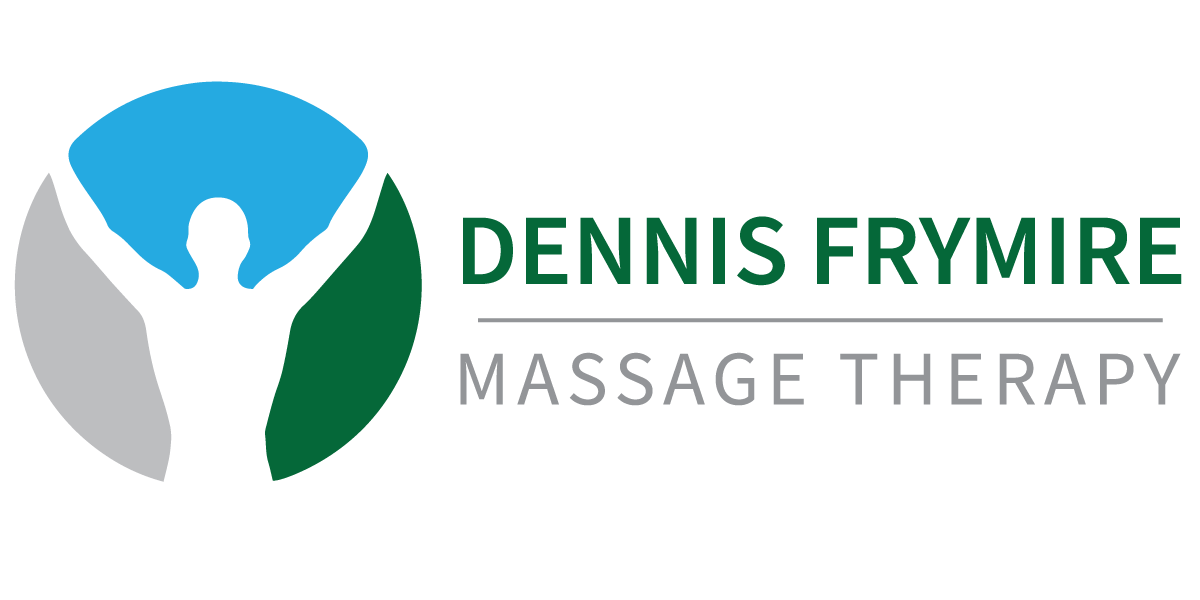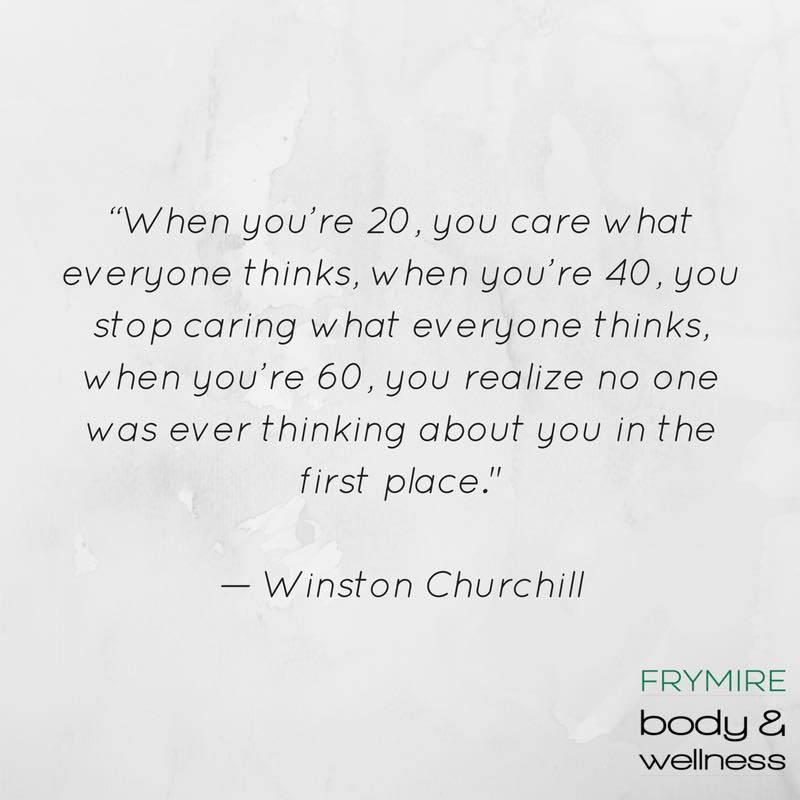A new year is about to begin, and with that, many are contemplating new resolutions. Here are a few tips for helping to stick to your goals for 2018:
Keep It Simple
Self-help guru and professional dilettante, Tim Ferriss, on taking on new goals, suggests asking this question: “What would this look like if this were simple?"
In other words, how can you make the logistics of sticking to your resolution as simple as possible, lessening the chance you’ll abandon it after a couple of weeks?
A personal example: For the month of this December this past year (2017), I decided I was going to post a Vlog (video log) a day on social media. I had started doing this back in November, and fizzled out after a couple of days. I had done this previously back in 2016, and I made it all the way through the month, but I didn’t feel like I had gotten much out of it. For December, I made some adjustments, kept it simple, and I stuck with it.
- I began almost every video recording the same three things - me weighing myself in the morning, pouring my first glass of water, and popping a vitamin in my mouth. None of these are particularly noteworthy, but having three activities to film without much thought gave me a start every day and got the ball rolling.
- I recorded many of my videos while giving my dog, Jessica Jones (a jet black whippet / lab mix with big eyes and floppy ears), her morning walk, and I made that part of the deal. While I often had something to say, I wasn’t necessarily the most articulate, and I didn’t look my best either. I didn’t have to; these were just musings during my morning dog walk. Less pressure.
- I edited on iMovie - a simple, uncomplicated app on my phone. Aside from the longer days, like Christmas day with my family (my son’s first Christmas), it never took me longer than 5-10 minutes to edit together a Vlog of the day.
I’m not suggesting anyone else do a Vlog a day, but again, this is how I stuck to it: I kept things as simple as possible, and put some items (the first three activities I filmed every morning) on almost automatic so I didn’t have to give much thought to them every day.
Take a look at your resolution and ask yourself, “What would this look like if it were simple?"
Keep Yourself Accountable
You can accomplish this in whatever helps keep you motivated. If posting pictures and status updates on social media helps you, by all means, go for it, and don’t let anyone shame you for it. (I’ve seen some friends comment online they had stopped posting their exercise and diet updates after being mocked for them, and have even seen the argument that such posts are a form of fat-shaming others who are struggling with their own diet and weight. As long as you’re posting with good intentions and focusing on your own journey, it’s your wall. Tell your story.)
Another option is to put daily reminders in your phone or on your calendar, and tick them off every day once you’ve accomplished them. (I do this for my daily language lessons on Duolingo.)
You can also enroll the help of a friend to keep you on track (the dad joking-loving side of me loves the term “accountabili-buddy”), or there are even a number of accountability apps that work in a financial incentive/penalty.
Remember: Falling Off the Wagon Doesn’t Mean Staying Off the Wagon
This is a tough one I’ve had to learn over and over: If you backslide - If you miss a couple of work outs, have a few days of bad eating, go a few days without practicing that musical instrument, that’s not a failure. It’s a set back. Perhaps take some time re-evaluate, figure out how you can better keep yourself on track, and start again.
Don’t Start on January 1
The first day, and even the first week of a new year is a bit of a mess, what with recovering from the holidays, New Year’s Eve celebrations, and possibly returning and getting settled back in to the regular work week. Wait a few days, and add that change to your life when everything else is as close to normal as possible.
Best of luck in 2018, and thanks for reading!
Dennis





